Product information
Reviews
Shipping & returns
Product information
Honeywell CC-PFB401-51405044-175 Fieldbus interface module
Communication data
Protocol-related data: Supports multiple fieldbus protocols, such as Profibus-DP and Modbus-RTU, etc. Take Profibus-DP as an example. It follows the EN 50170 standard and is capable of encapsulating, transmitting and parsing data in accordance with the format and rules stipulated in this protocol. For ModBUS-RTU, follow the relevant Modbus protocol specifications, including data frame structure, function code definition, etc., to ensure accurate data interaction between ModBus-compatible devices.
Data transmission rate: The transmission rate of the Profibus-DP interface can be adaptive within the range of 9.6 kbps to 12 Mbps. It can automatically adjust to the appropriate rate according to the network environment and device requirements to achieve efficient data transmission. The common rates of the Modbus-RTU interface include 9600 bps, 19200 bps, etc. They can be flexibly set through the configuration parameters of the module to meet the requirements for data transmission speed in different application scenarios.
Equipment status data
Diagnostic data: The module is equipped with a powerful self-diagnostic function, capable of monitoring its own working status in real time, including the operation status of internal circuits, power supply status, and the working condition of communication chips, etc. Through diagnostic data, it can be determined whether the module has faults, such as hardware damage, overheating, abnormal power supply and other issues, and these status information can be fed back to the upper computer in a specific data format or displayed intuitively through indicator lights and other means.
Communication status data: It can monitor the communication quality with on-site devices, such as the transmission success rate of data frames, error rate, packet loss rate, etc. These data are helpful for determining whether the communication link is stable and whether there is interference or other communication problems. For instance, when the communication error rate exceeds a certain threshold, the module will send out an alarm signal and upload the relevant communication status data so that maintenance personnel can promptly identify and solve the problem.
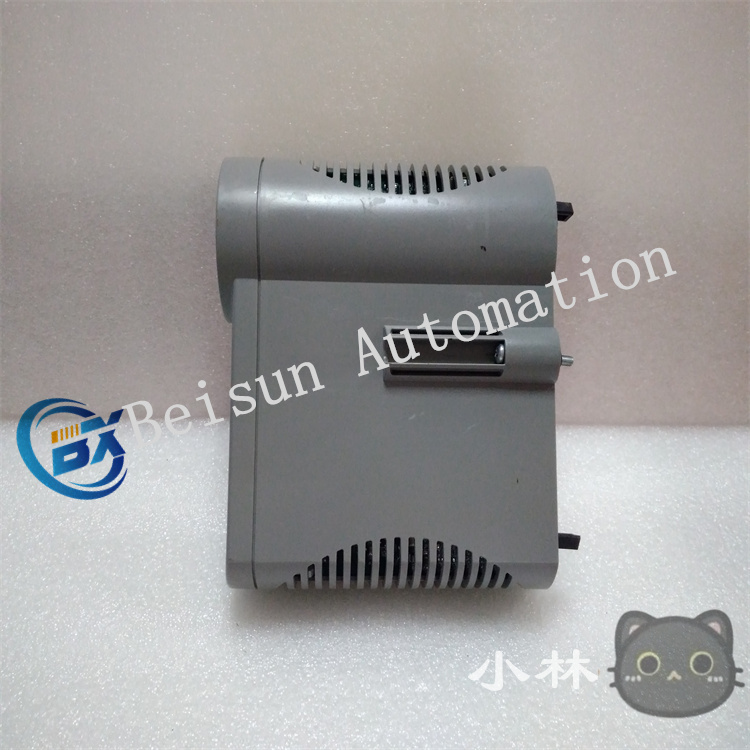
Configuration data
Address configuration data: Each module has a unique address in the industrial network. By configuring the address data, the module can be accurately identified and accessed in the network. Whether it is the Profibus-DP or Modbus-RTU network, the corresponding station address needs to be set for the module to ensure correct communication and data interaction between it and other devices.
Functional configuration data: According to the actual application requirements, the functions of the module can be configured, such as selecting the communication protocol type, setting the data transmission rate, and determining the data verification method, etc. These configuration data determine the working mode and performance parameters of the module. Through reasonable Settings of the configuration data, the module can better adapt to different industrial control scenarios and equipment connection requirements.
Data storage and processing capabilities
Data cache: Modules usually have a certain data cache area, which is used to temporarily store the received data and the data to be sent. The size of the cache is generally determined by the performance of the module and the application requirements. It can play a buffering role during data transmission, avoiding data loss or errors caused by mismatched data transmission speeds or network congestion.
Data processing capability: Possessing strong data processing capabilities, capable of quickly parsing and processing the received data, and converting it into a format that meets the requirements of the controller or on-site equipment. At the same time, it can also encapsulate and verify the data to be sent to ensure its accuracy and completeness. The data processing capability of a module is usually achieved by its internal microprocessor or dedicated chip, which can meet the high requirements for real-time data processing in industrial sites.


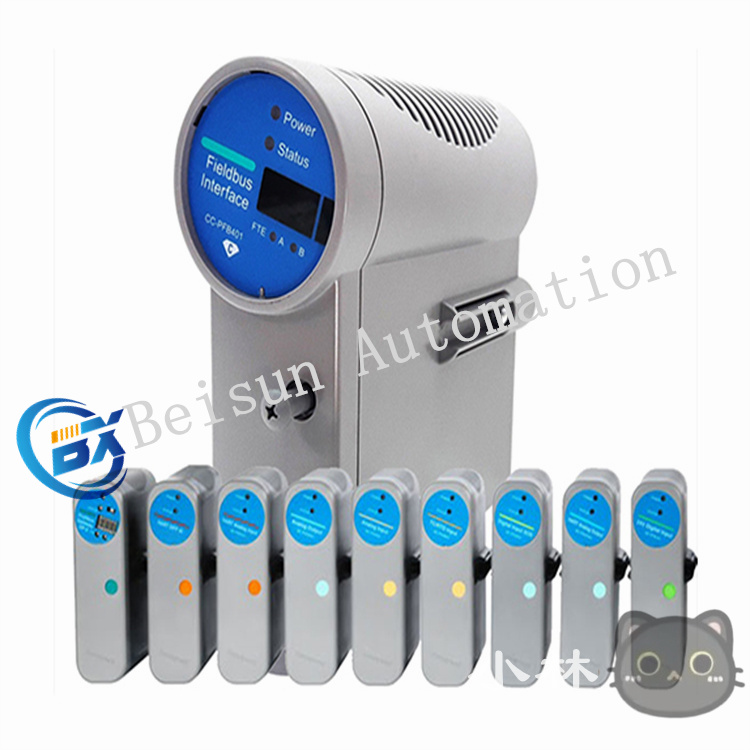
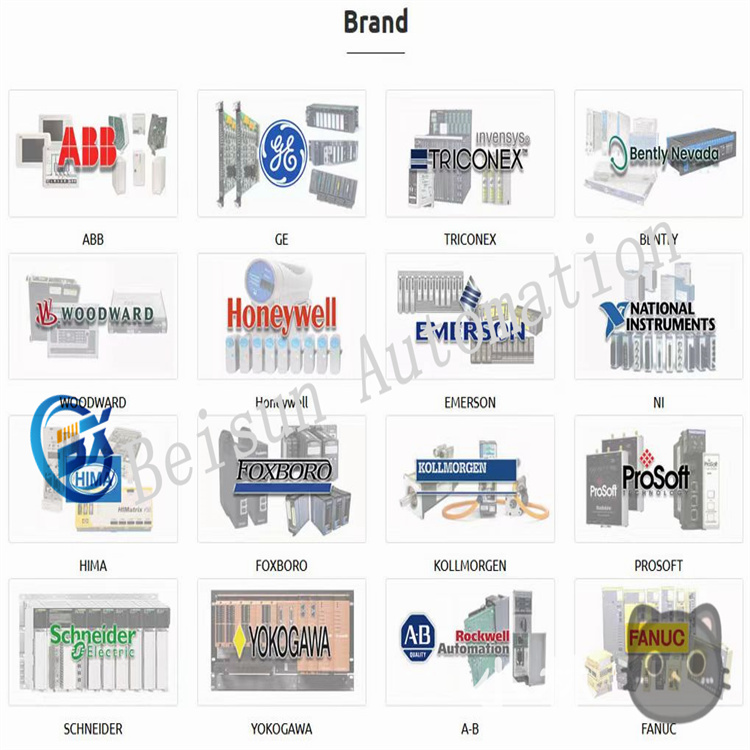
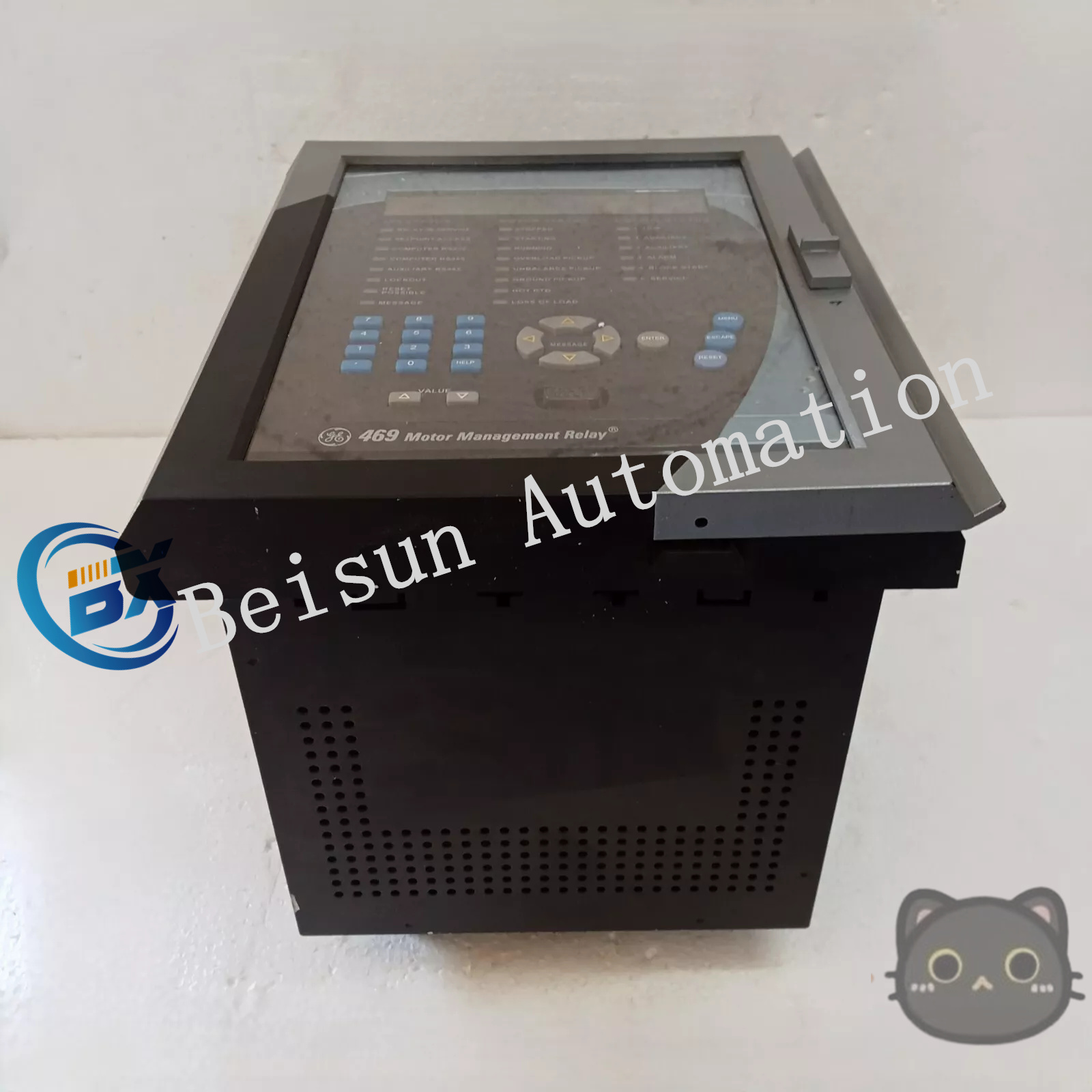
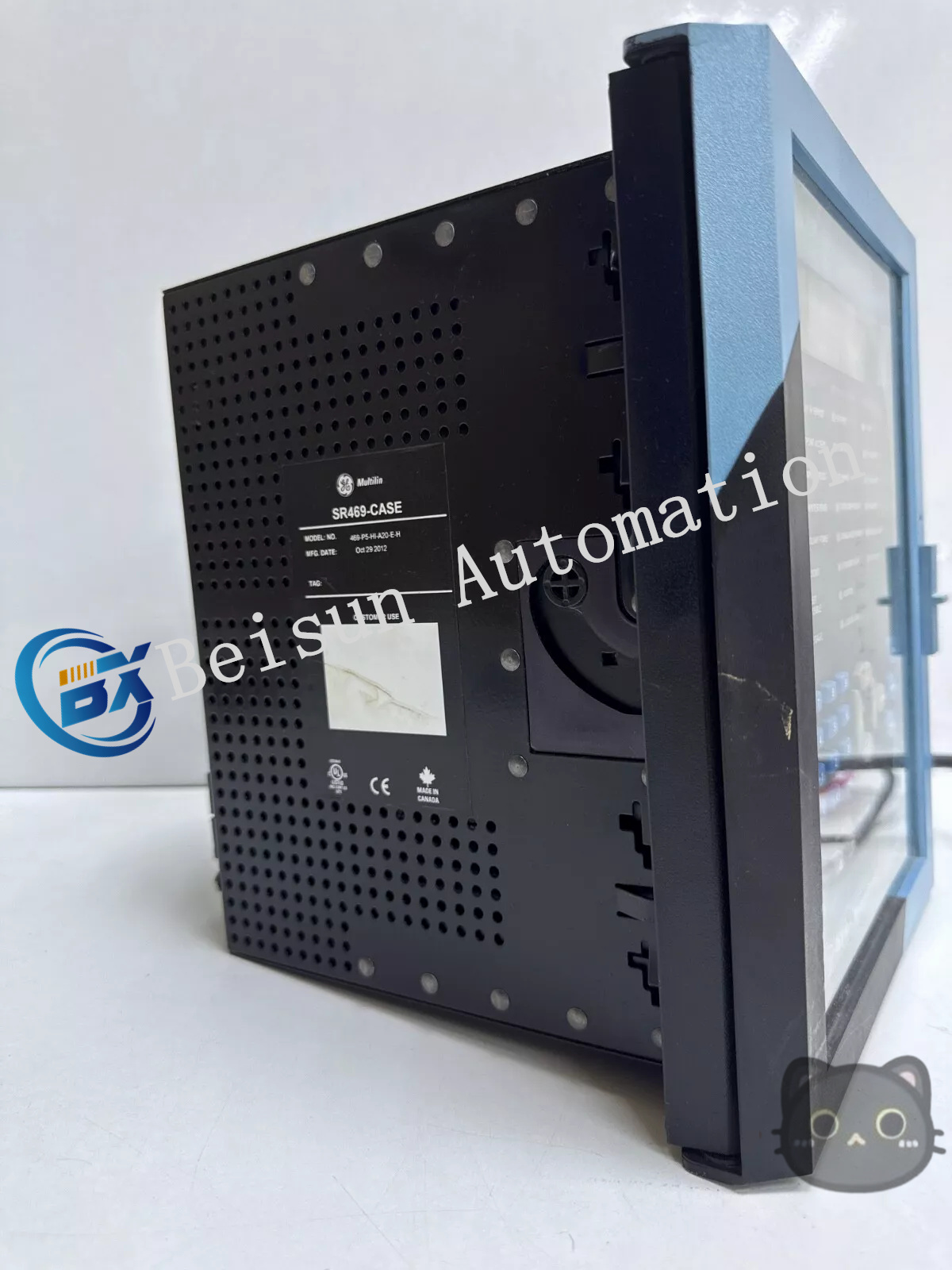
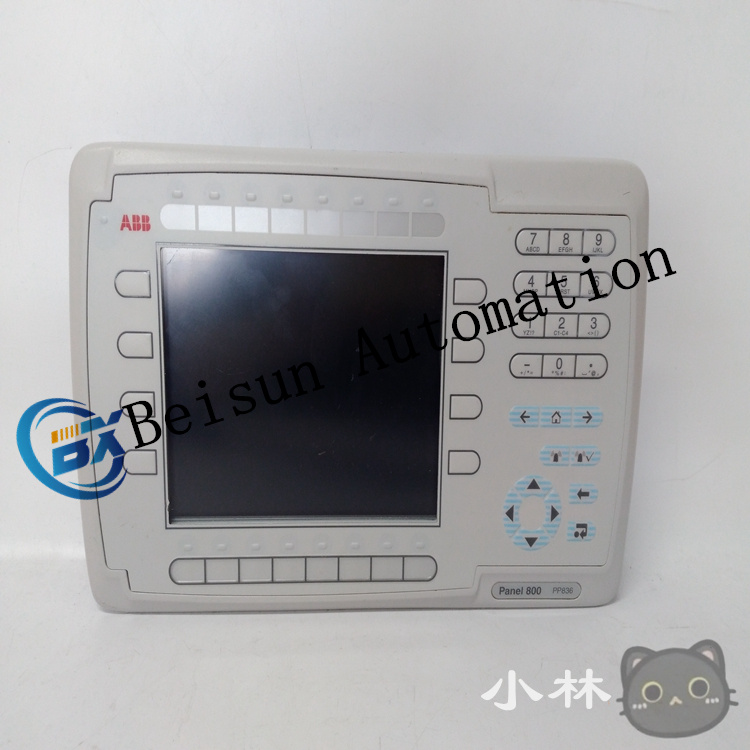
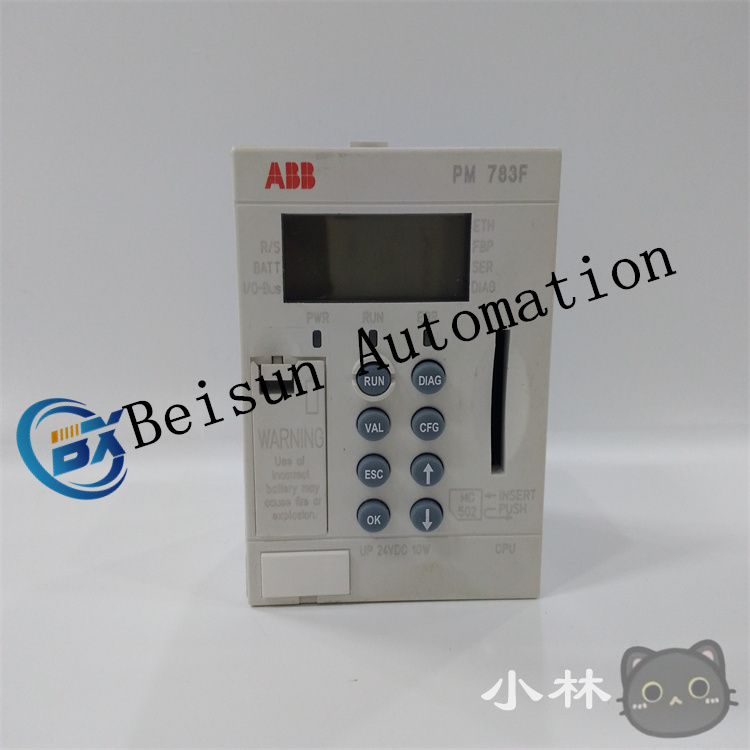
Reviews
There are no reviews yet.